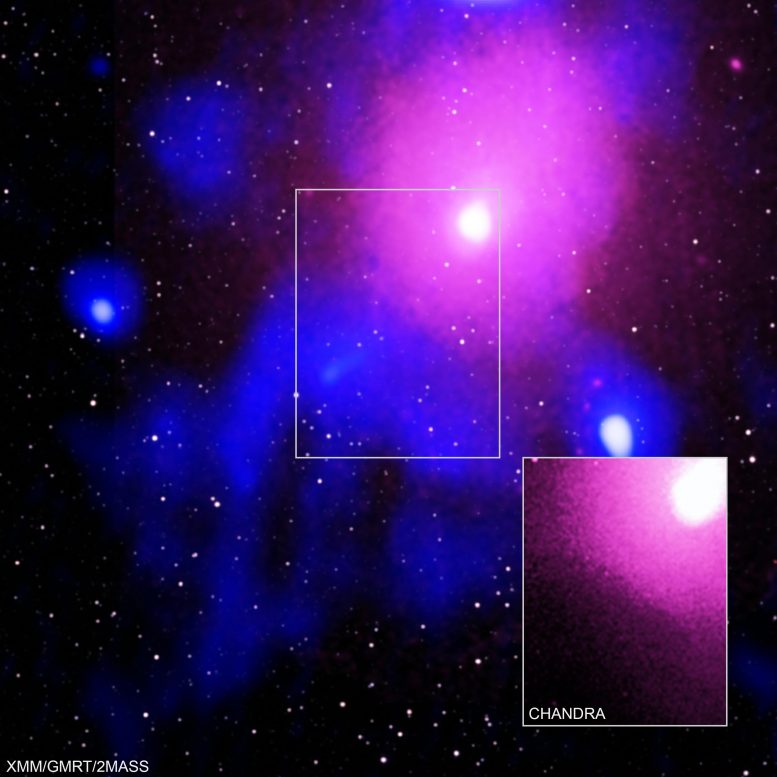
This extremely powerful eruption occurred in the Ophiuchus galaxy cluster, which is located about 390 million light-years from Earth. Galaxy clusters are the largest structures in the Universe held together by gravity, containing thousands of individual galaxies, dark matter, and hot gas. Credit: X-ray: NASA/CXC/Naval Research Lab/Giacintucci, S.; XMM:ESA/XMM; Radio: NCRA/TIFR/GMRTN; Infrared: 2MASS/UMass/IPAC-Caltech/NASA/NSF
The biggest explosion seen in the universe has been found. This record-breaking, gargantuan eruption came from a black hole in a distant galaxy cluster hundreds of millions of light-years away.
“In some ways, this blast is similar to how the eruption of Mt. St. Helens in 1980 ripped off the top of the mountain,” said Simona Giacintucci of the Naval Research Laboratory in Washington, DC, and lead author of the study. “A key difference is that you could fit fifteen Milky Way galaxies in a row into the crater this eruption punched into the cluster’s hot gas.”
Astronomers made this discovery using X-ray data from NASA’s Chandra X-ray Observatory and ESA’s XMM-Newton, and radio data from the Murchison Widefield Array (MWA) in Australia and the Giant Metrewave Radio Telescope (GMRT) in India.
The unrivaled outburst was detected in the Ophiuchus galaxy cluster, which is about 390 million light-years from Earth. Galaxy clusters are the largest structures in the Universe held together by gravity, containing thousands of individual galaxies, dark matter, and hot gas.
In the center of the Ophiuchus cluster, there is a large galaxy that contains a supermassive black hole. Researchers think that the source of the gigantic eruption is this black hole.
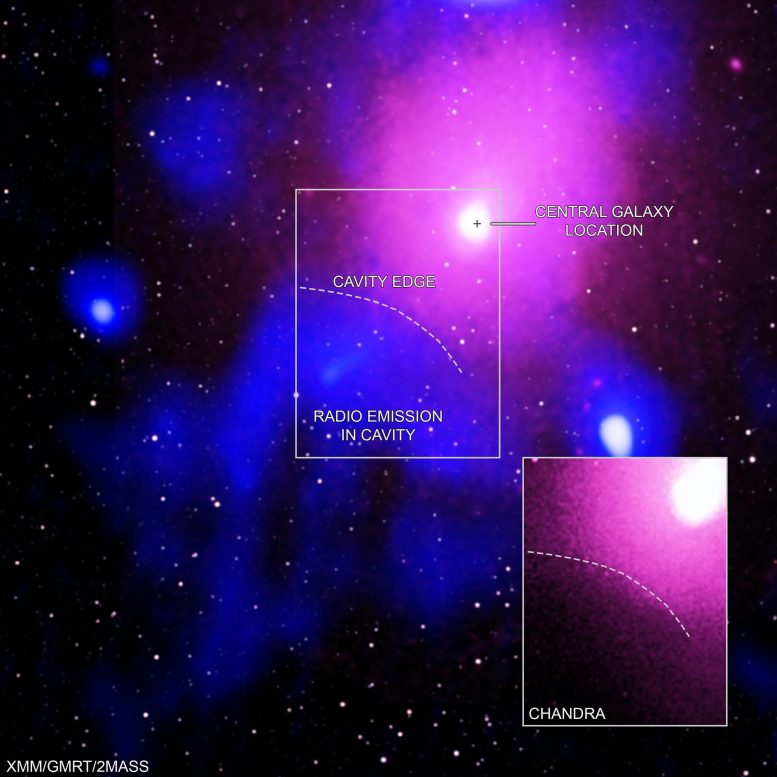
This extremely powerful eruption occurred in the Ophiuchus galaxy cluster, which is located about 390 million light-years from Earth. Galaxy clusters are the largest structures in the Universe held together by gravity, containing thousands of individual galaxies, dark matter, and hot gas. Credit: X-ray: NASA/CXC/Naval Research Lab/Giacintucci, S.; XMM:ESA/XMM; Radio: NCRA/TIFR/GMRTN; Infrared: 2MASS/UMass/IPAC-Caltech/NASA/NSF
Although black holes are famous for pulling material toward them, they often expel prodigious amounts of material and energy. This happens when matter falling toward the black hole is redirected into jets, or beams, that blast outward into space and slam into any surrounding material.
Chandra’s observations reported in 2016 first revealed hints of the giant explosion in the Ophiuchus galaxy cluster. Norbert Werner and colleagues reported the discovery of an unusual curved edge in the Chandra image of the cluster. They considered whether this represented part of the wall of a cavity in the hot gas created by jets from the supermassive black hole. However, they discounted this possibility, in part because a huge amount of energy would have been required for the black hole to create a cavity this large.
The latest study by Giacintucci and her colleagues shows that an enormous explosion did, in fact, occur. First, they showed that the curved edge is also detected by XMM-Newton, thus confirming the Chandra observation. Their crucial advance was the use of new radio data from the MWA and data from the GMRT archives to show the curved edge is indeed part of the wall of a cavity, because it borders a region filled with radio emission. This emission is from electrons accelerated to nearly the speed of light. The acceleration likely originated from the supermassive black hole.
“The radio data fit inside the X-rays like a hand in a glove,” said co-author Maxim Markevitch of NASA’s Goddard Space Flight Center in Greenbelt, Maryland. “This is the clincher that tells us an eruption of unprecedented size occurred here.”
The amount of energy required to create the cavity in Ophiuchus is about five times greater than the previous record holder, MS 0735+74, and hundreds and thousands of times greater than typical clusters.
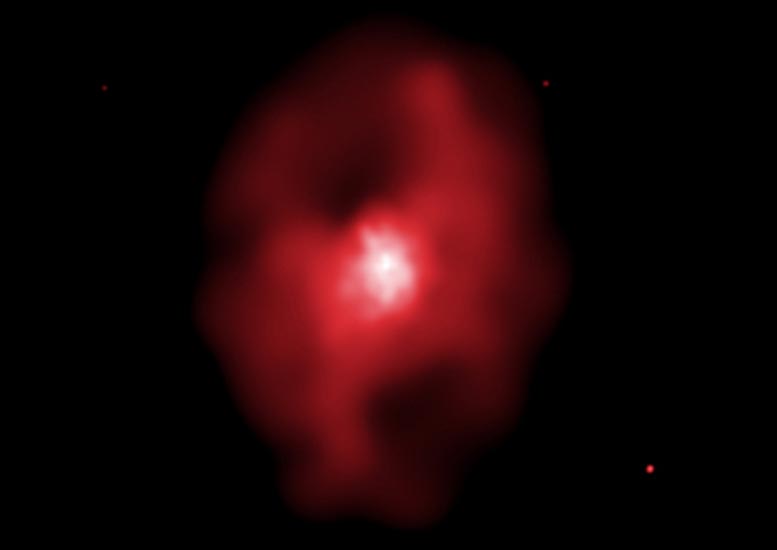
MS 0735+74 was the previous record-holder for the most powerful eruption discovered in the universe. This Chandra image shows two vast cavities — each 600,000 light-years in diameter — in the hot, X-ray emitting gas that pervades the galaxy cluster MS 0735.6+7421 (MS 0735 for short). Although the cavities contain very little hot gas, they are filled with a two-sided, elongated, magnetized bubble of extremely high-energy electrons that emit radio waves. Credit: NASA/CXC/Ohio U./B.McNamara
The black hole eruption must have finished because the researchers do not see any evidence of current jets in the radio data. This shutdown can be explained by the Chandra data, which show that the densest and coolest gas seen in X-rays is currently located at a different position from the central galaxy. If this gas shifted away from the galaxy it will have deprived the black hole of fuel for its growth, turning off the jets.
This gas displacement is likely caused by the “sloshing” of the gas around the middle of the cluster, like wine sloshing around in a glass. Usually the merger of two galaxy clusters triggers such sloshing, but here it could have been set off by the eruption.
One puzzle is that only one giant region of radio emission is seen, as these systems usually contain two on opposite sides of the black hole. It is possible that the gas on the other side of the cluster from the cavity is less dense so the radio emission there faded more quickly.
“As is often the case in astrophysics we really need multiwavelength observations to truly understand the physical processes at work,” said Melanie Johnston-Hollitt, a co-author from International Center for Radio Astronomy in Australia. “Having the combined information from X-ray and radio telescopes has revealed this extraordinary source, but more data will be needed to answer the many remaining questions this object poses.”
For more on this discovery, read Biggest Explosion in the History of the Universe Detected by Astronomers.
References:
“Discovery of a Giant Radio Fossil in the Ophiuchus Galaxy Cluster” by S. Giacintucci, M. Markevitch, M. Johnston-Hollitt, D. R. Wik, Q. H. S. Wang and T. E. Clarke, 27 February 2020, The Astrophysical Journal.
DOI: 10.3847/1538-4357/ab6a9d
arXiv: 2002.01291
“Deep Chandra study of the truncated cool core of the Ophiuchus cluster” by N. Werner, I. Zhuravleva, R. E. A. Canning, S. W. Allen; A. L. King; J. S. Sanders, A. Simionescu, G. B.Taylor, R. G. Morris and A. C. Fabian, 16 May 2016, Monthly Notices of the Royal Astronomical Society.
DOI: 10.1093/mnras/stw1171
A paper describing these results appears in the February 27th issue of The Astrophysical Journal. In addition to Giacintucci, Markevitch, and Johnston-Hollitt, the authors are Daniel Wik (University of Utah), Qian Wang (University of Utah), and Tracy Clarke (Naval Research Laboratory). The 2016 paper by Norbert Werner was published in the Monthly Notices of the Royal Astronomical Society.
NASA’s Marshall Space Flight Center manages the Chandra program. The Smithsonian Astrophysical Observatory’s Chandra X-ray Center controls science and flight operations from Cambridge and Burlington, Massachusetts.

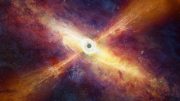
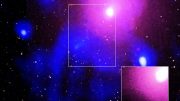
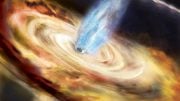
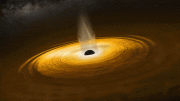

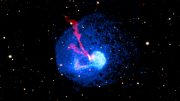

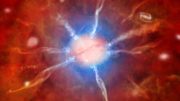
nice ones we need more like this
nice ones we need more like this